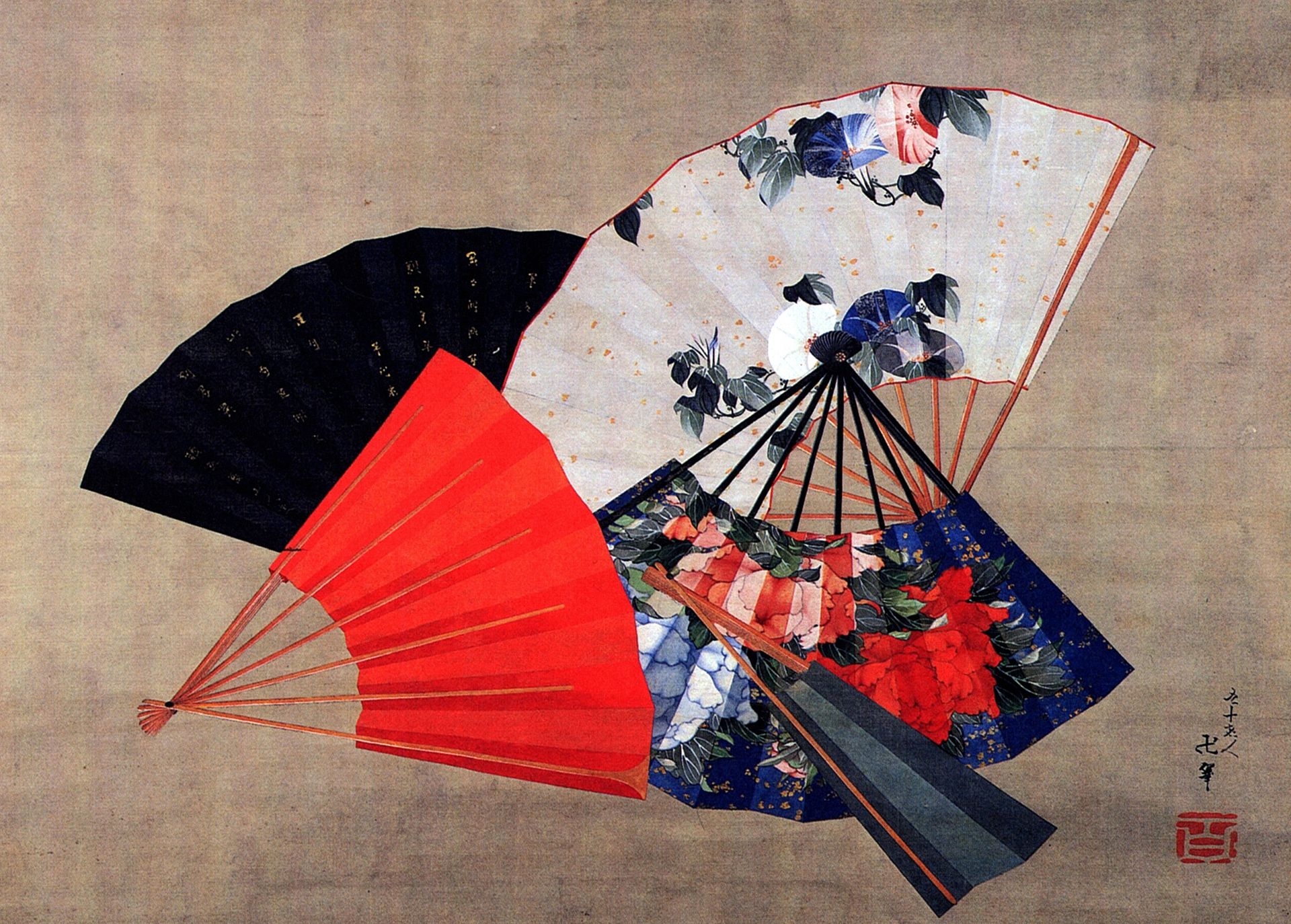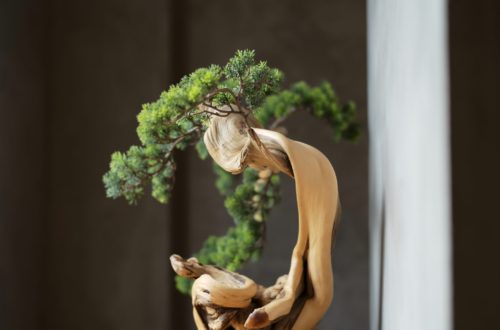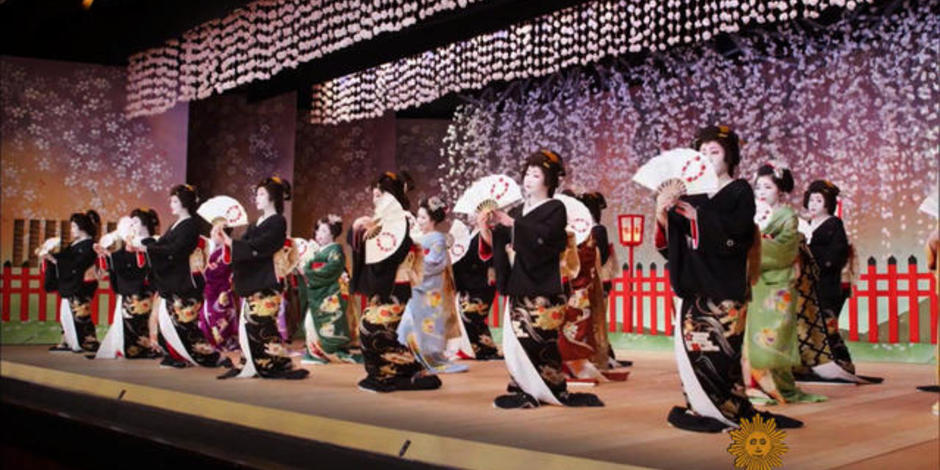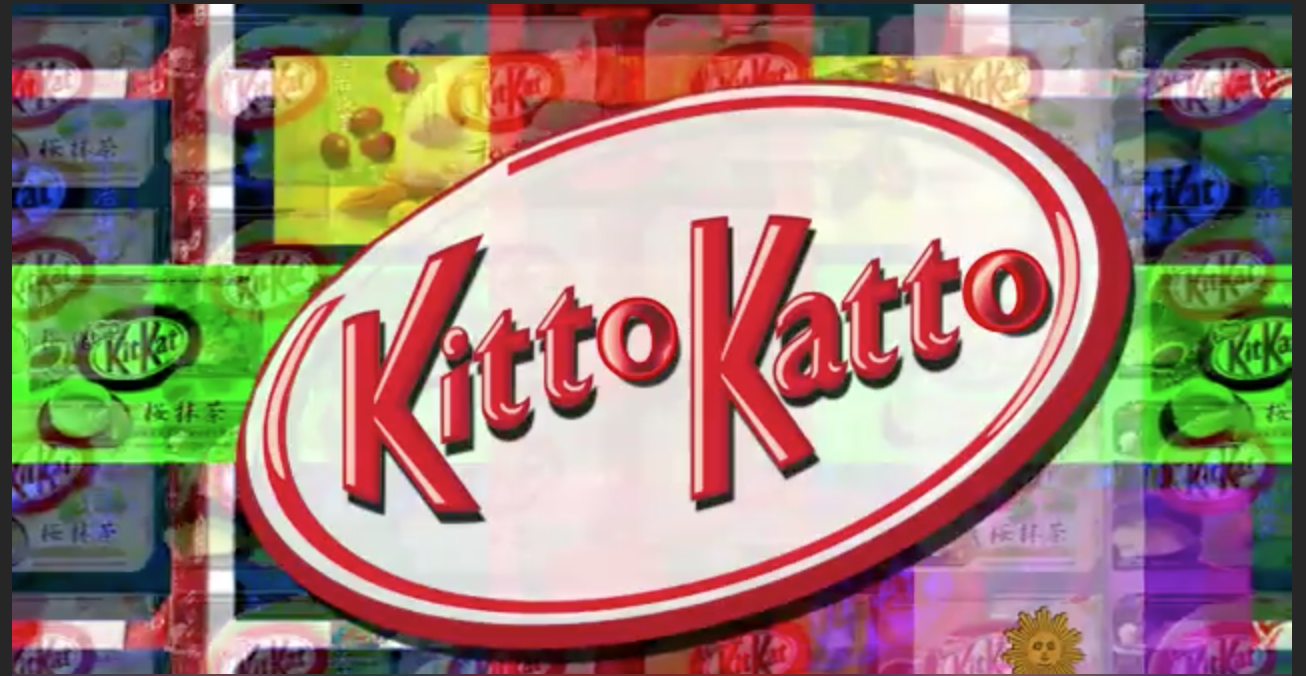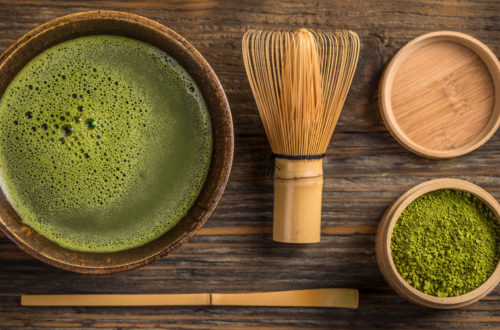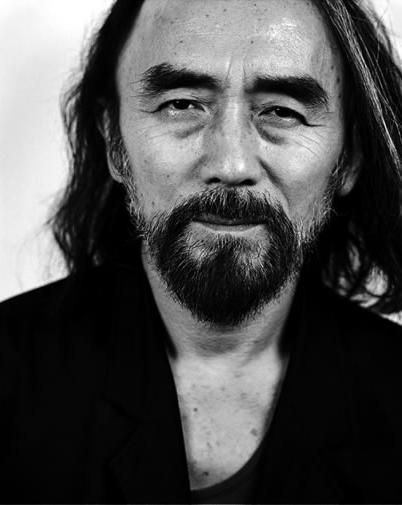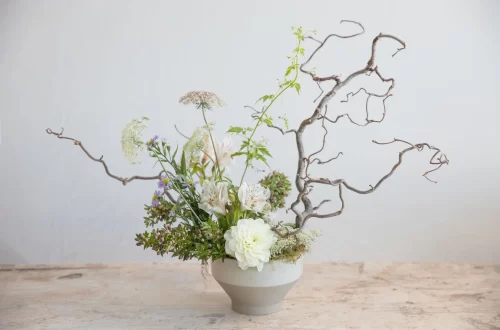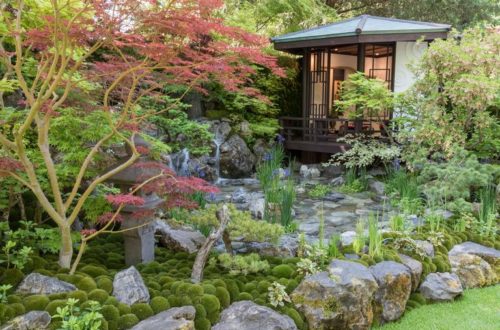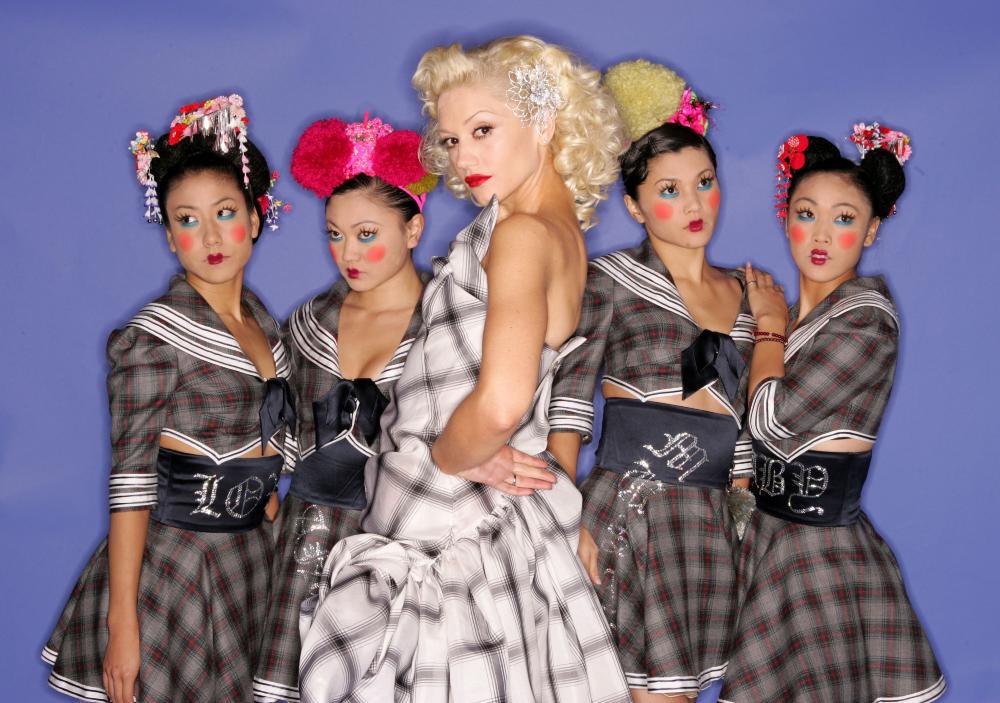People
-
Understanding The Wabi-Sabi Art Of Imperfection
They say beauty is universal, though it can be quite tricky to define, as it takes on various meanings depending on the moral and theoretical principles of a specific culture. If Western societies follow ancient Greek ideals of beauty based on components like perfection, symmetry, and grandness, the Eastern ones instead abide by a completely different set of standards that tend to be more spiritual in nature. Immersed in an environment that is both serene and transcendent, the Shou Sugi Ban House wellness and spa retreat in the Hamptons is exactly the kind of Japanese-influenced meditative destination that is beautiful in its own simplicity. To find out more about the Eastern concepts…
-
All about Japanese Fans – Uchiwa 団扇 and Sensu 扇子
In ancient Japan, hand fans, such as oval and silk fans were influenced greatly by the Chinese fans. The earliest visual depiction of fans in Japan dates back to the 6th century CE, with burial tomb paintings showed drawings of fans. The folding fan was invented in Japan, with date ranging from the 6th to 9th centuries. It was a court fan called the Akomeogi (衵扇 Akomeōgi) after the court women’s dress named Akome. According to the Song Sui (History of Song), a Japanese monk Chonen (奝然 Chōnen, 938-1016) offered the folding fans (twenty wooden-bladed fans hiogi (桧扇 hiōgi) and two paper fans kawahori-ogi (蝙蝠扇 kawahori-ōgi) to the emperor of China in…
-
The Art of Japanese Fans
On a sweltering summer afternoon, Japanese beat the heat the way their ancestors have done for centuries: head for the waterfront for some cooling breezes, put on a casual yukata kimono, and pack their hand fans. While flat, round fans, or uchiwa, originated in China, Japanese are credited with inventing folding fans over 1,000 years ago. Folding fans come in a staggering variety of sizes, uses and styles, making for a cool fashion statement. From CBS Sunday Morning with Lucy Craft reporting. Footage courtesy of Discover Kyoto.
-
Oishī! Japan really loves Kit Kats
From CBS Sunday Morning: “Kitto Katto” is more than just the Japanese name for the candy we all know as Kit Kat. It’s more like Japan’s national obsession: At a shop in Tokyo’s bustling Ginza district, luxury Kit Kats are on full display. That’s right: luxury Kit Kats! And the mastermind behind these $5 Kit Kat confections is pastry chef Yasumasa Takagi. “In general,” chef Takagi says, “the Japanese prefer mild flavors, rather than aggressive flavors that hit you over the head.” Takagi has concocted Kit Kats with flavors like matcha green tea, butter, and strawberry maple. In Japan, “Kit Kat is very, very big,” said Cedric Lacroix, managing director…
-
Yohji Yamamoto, Avant Garde Visionary
Yohji Yamamoto, debuted his first fashion collection in Paris in 1981. In an interview with the New York Times in 1983, Yamamoto said of his designs: “‘I think that my men’s clothes look as good on women as my women’s clothing […] When I started designing, I wanted to make men’s clothes for women.” More recently he has expounded: “When I started making clothes for my line Y’s in 1977, all I wanted was for women to wear men’s clothes. I jumped on the idea of designing coats for women. It meant something to me – the idea of a coat guarding and hiding a woman’s body. I wanted to protect…
-
Gwen Stefani Celebrates Japanese Culture?
TIME asks Gwen Stefani of NBC’s The Voice and No Doubt fame, “Looking back on Love. Angel. Music. Baby., do you regret the Harajuku Girls given the criticism you received?” Guess what, she doesn’t! From TIME: No. There’s always going to be two sides to everything. For me, everything that I did with the Harajuku Girls was just a pure compliment and being a fan. You can’t be a fan of somebody else? Or another culture? Of course you can. Of course you can celebrate other cultures. That’s what Japanese culture and American culture have done. It’s like I say in the song [“Harajuku Girls”]: it’s a ping-pong match. We do something…




